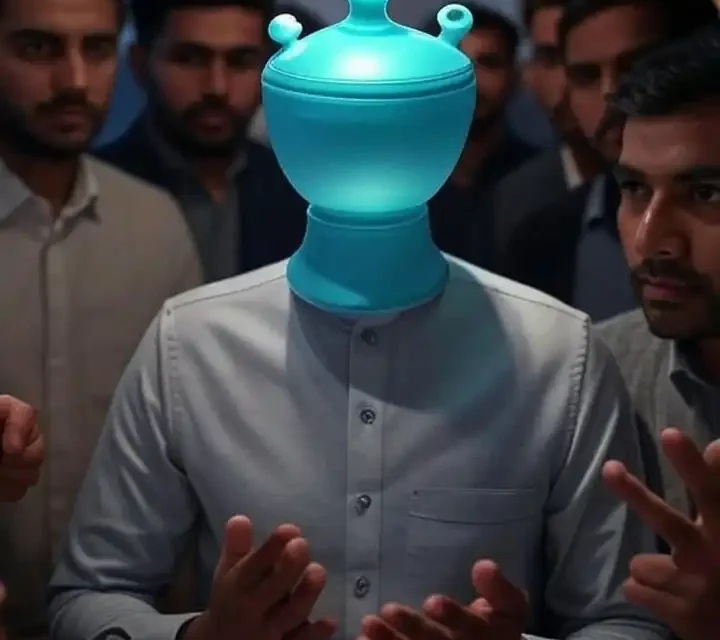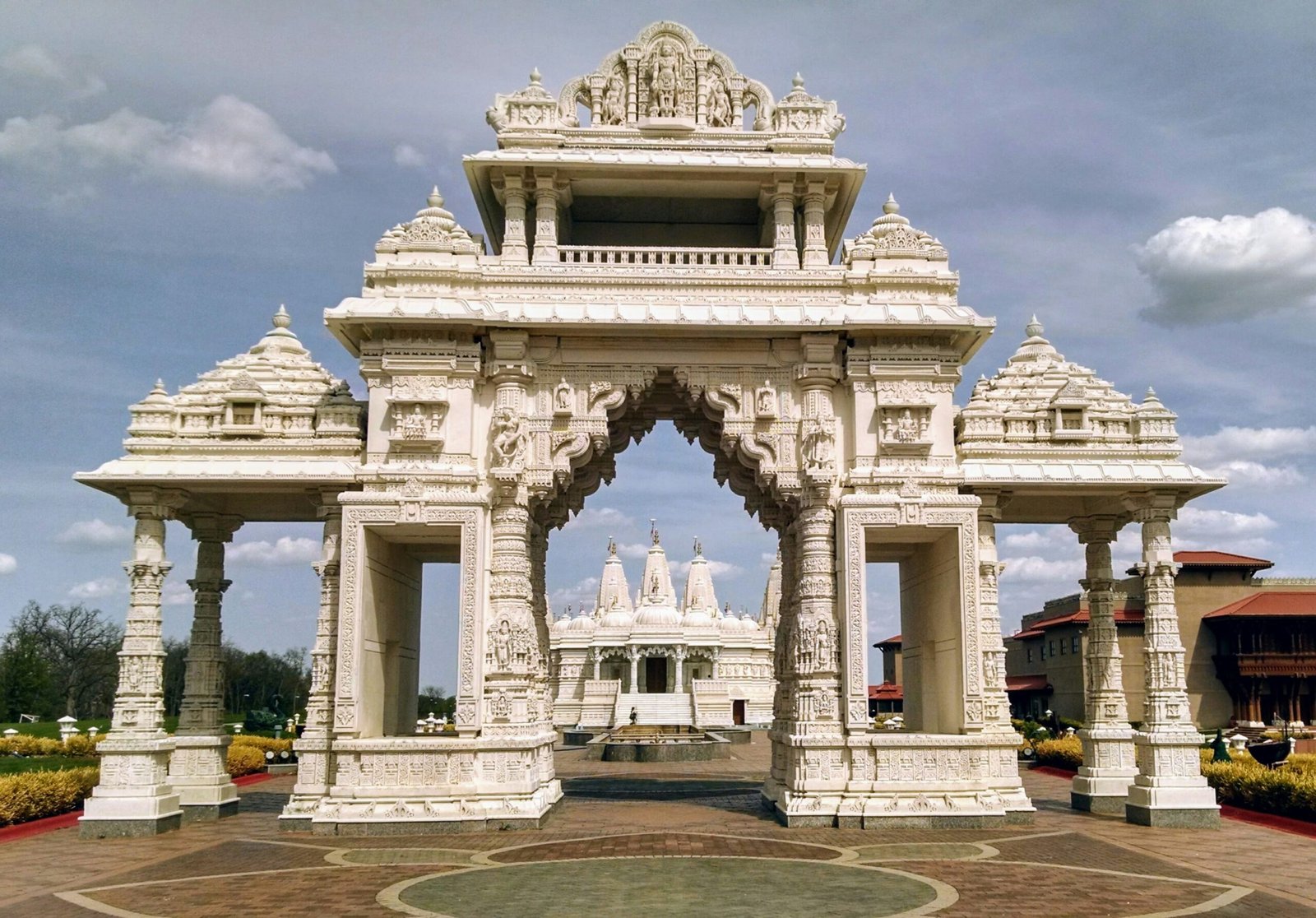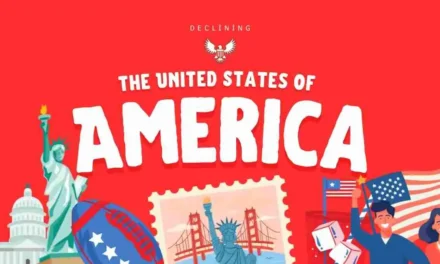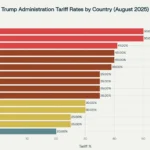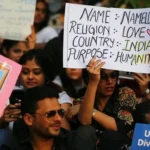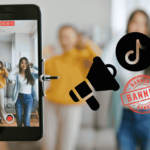Have you ever come across shocking news or viral videos about India on social media—only to later find out they were fake? If yes, you’re not alone. In today’s digital world, a silent war is being waged online, and at the center of it are Pakistani bots and influence campaigns designed to mislead, confuse, and defame India.
This article breaks down how these bots operate, the tricks they use to make fake news look real, and why it matters to every Indian. We’ll keep things simple, clear, and friendly—so you can spot the signs and stay informed.
What Are Bots and Why Should You Care?
Bots are automated accounts that can post, like, share, and comment on social media—often at a speed and scale impossible for humans. When used for good, they help with customer service or spread important updates. But in the wrong hands, bots can flood the internet with lies, fake videos, and rumors, making it hard to know what’s true.
Pakistani bots are part of organized campaigns, often backed by state agencies, to spread anti-India propaganda, incite unrest, and manipulate public opinion both inside and outside India.
The Scale: How Big Is the Problem?
- Thousands of Bots: After major events like the abrogation of Article 370 or terror attacks, security agencies have detected thousands of fake accounts—created in Pakistan—flooding social media with anti-India posts.
- Coordinated Efforts: These aren’t just random trolls. There are dedicated teams, techies, and even students in Pakistan recruited to run these campaigns. High-tech facilities have been set up for this “cyber warfare”.
- Global Reach: The goal isn’t just to fool Indians. These campaigns target international audiences, trying to make India look bad in the eyes of the world—especially in the Middle East, Europe, and the US.
Tactics: How Do Pakistani Bots Make Fake News Look Real?
Let’s break down the main tricks used by these campaigns:
1. Impersonating Indians
- Fake Profiles: Bots use Indian-sounding names, profile pictures of Indian celebrities, or even images of Indian soldiers to look authentic.
- Community Masquerade: They pretend to be Hindus, Muslims, Sikhs, or even Christians, posting in Hindi, Urdu, or regional languages to blend in and stir up communal tensions.
- Impersonating Figures: Some bots go further, impersonating real Indian military officers or public personalities to spread false stories.
2. AI, Deepfakes, and Doctored Content
- AI-Generated Images/Videos: With new technology, bots can create fake but realistic photos and videos—sometimes even using voice clones or deepfakes.
- Doctored Visuals: Old videos or images are edited to fit new narratives. For example, a video of a plane crash in Punjab was shared as a “downed Indian jet in Pakistan”.
- Video Game Footage: In some cases, even clips from video games have been passed off as real military operations.
3. Recycling Old Content
- Old News, New Lies: Videos from past protests, disasters, or accidents are reshared as if they’re current, often with new captions to mislead viewers.
- Misattribution: Images from other countries or unrelated events are presented as proof of unrest or violence in India.
4. Coordinated Hashtag Campaigns
- Trending Hashtags: Bots work together to push certain hashtags (like #IndianFalseFlag or #StopModiFascism), making them trend and appear as if many Indians are upset or protesting.
- Amplification: These hashtags are picked up by other bots and even real users, spreading the message further and faster.
5. Recruiting Influencers and Celebrities
- Indian Influencers: Pakistani agencies have tried to recruit Indian digital influencers—sometimes unknowingly—to share or amplify anti-India content.
- Western Influencers: Well-known personalities in the West are also roped in, sometimes paid to spread Pakistani narratives to millions of followers.
- Fiverr Anchors: Propaganda videos are made using freelance anchors from websites like Fiverr, who read scripts for as little as $10, giving a “global” face to the campaign.
6. Official Endorsement and Media Amplification
- State Involvement: Pakistani ministers and state media sometimes endorse or share fake news, giving it an air of legitimacy.
- Fake News as Policy: By making false claims about Indian military defeats or unrest, officials try to shift the global narrative against India.
Real-Life Examples: How These Tactics Play Out
- Pahalgam Terror Attack (2025): Even before India had confirmed details, Pakistani bots and state-linked influencers started pushing the narrative that it was a “false flag” operation by India. Over 20,000 posts appeared on X (Twitter), with 40% from bots, using AI-generated memes and hashtags to flood the internet.
- Article 370 Abrogation: Within a day, over 1,500 new Pakistani bots surfaced, pretending to be Indian citizens and urging the UN to intervene. Many accounts were created just to spread anti-India content, often retweeting each other to appear popular.
- Fake Plane Crash: An old image of a MiG-21 crash in Punjab was circulated as a “Rafale shot down by Pakistan,” even endorsed by a Pakistani minister before being debunked by Indian authorities.
- CJ Post Facebook Page: A page run from Pakistan, but disguised as Indian, used white anchors hired from Fiverr to spread divisive content targeting Indian communities.
Why Do They Do It?
The motives behind these campaigns are clear:
- Defame India: Make India look unstable, oppressive, or violent—especially in the eyes of the world.
- Incite Division: Stir up communal tensions within India, hoping to create unrest or weaken social harmony.
- Distract and Confuse: Flood the internet with so much fake news that it becomes hard for anyone to know what’s real.
- Influence Policy: By shaping public opinion abroad, especially in the West, they hope to put diplomatic pressure on India.
How to Spot Fake News and Stay Safe
With so much misinformation out there, it’s important to be alert. Here are some simple tips:
- Check the Source: Is the news coming from a reliable outlet? Be wary of unknown websites or social media pages.
- Look for Verification: If a shocking photo or video is going viral, see if it’s being reported by trusted news agencies.
- Reverse Image Search: Use tools like Google Images to check if a photo or video is old or from another event.
- Beware of Emotional Language: Bots often use strong, emotional words to provoke anger or fear.
- Report Suspicious Content: If you see something that seems fake, report it to platforms or fact-checking agencies like PIB Fact Check.
- Don’t Forward Blindly: Before sharing, ask yourself: “Could this be fake?” A little caution goes a long way.
The Bigger Picture: Why This Matters
The digital battlefield is real, and every Indian is a potential target. By understanding how Pakistani bots and influence campaigns work, you can protect yourself—and help others stay informed too.
Remember, the goal of these campaigns is to divide, confuse, and weaken India. But with awareness and vigilance, we can fight back against fake news and keep our society strong.
Key Takeaways
- Pakistani bots use fake profiles, AI, old videos, and coordinated hashtags to spread anti-India propaganda.
- These campaigns target both Indians and international audiences, aiming to defame India and incite unrest.
- Even influencers—both Indian and Western—are sometimes recruited, knowingly or unknowingly, to amplify these narratives.
- Always verify before sharing, and help others spot the signs of fake news.
Final Thoughts
In a world where anyone can create a fake account or video in minutes, critical thinking is your best defense. By staying informed and careful, you help ensure that truth—not lies—wins the day.
Stay smart, stay safe, and always double-check before you believe or share anything online!
If you found this article helpful, share it with your friends and family. Together, we can build a more informed and resilient India!

